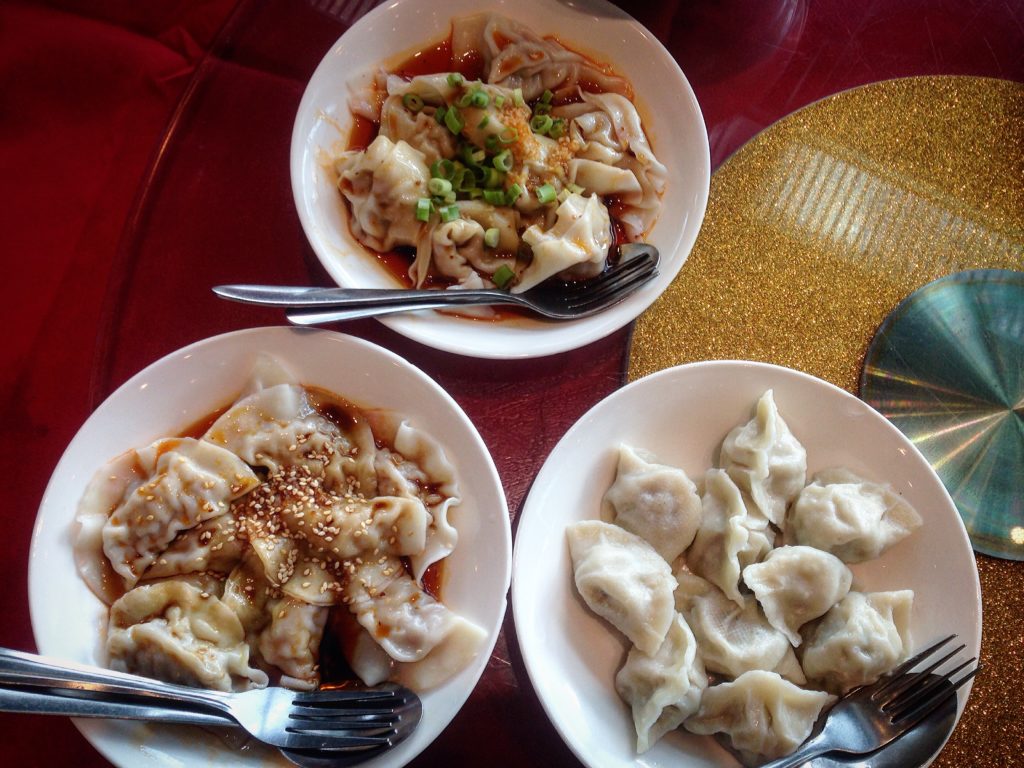Hot Springs in The Great Wilderness
The Great Wilderness is home to many breathtaking landscapes, but among its most endearing features are hot springs, natural wonders offering solace and healing

Renting a car is a great way to explore a new place, but in Vancouver there are other ways to see the sights with ease. Get out of the core and explore by transit, and you can see many of the city’s top attractions. To reach downtown from the Vancouver International Airport, take the Canada Line, part of the city’s transit service. If you’re staying downtown, you can walk to much of what Vancouver has to offer, including Stanley Park, Gastown, Chinatown, shopping areas, and restaurants that highlight cuisine from all over the globe. But being without a car doesn’t mean you have to miss the treasures that lie outside of city centre.

Looking across the Capilano Suspension Bridge. Photo: @moners via Instagram
Two of Vancouver’s most iconic attractions are located in the North Shore Mountains, separated from downtown Vancouver by Burrard Inlet. The Capilano Suspension Bridge stretches 137 metres (450 feet) across the Capilano River, 70 metres (230 feet) in the air. Walk along a series of short bridges suspended in the canopy, and along a walkway that juts out over a huge granite cliff.

Vancouver from Grouse Mountain. Photo: @julesbakes via Instagram
Grouse Mountain is a popular winter ski hill that transforms into an outdoor activity mecca in the summer. Ride the gondola—or hike—to the top, and enjoy walking and hiking trails, disc golf, ziplining, and tandem paragliding. Or for a slower pace, take in a lumberjack show or a birds of prey demonstration, and visit Grouse’s resident grizzly bears, Grinder and Coola.
Want to experience the North Shore for yourself? There are two easy ways to get there from downtown. The Seabus is a passenger ferry that takes 12 minutes to make the crossing to Lonsdale Quay in North Vancouver. Stop and check out the 80+ vendors at the Lonsdale Quay Market, or board bus #236 to Capilano and, further up the hill, Grouse. Alternatively, both attractions offer free shuttle service from in front of Canada Place.

Entrance to Granville Island under the Granville Street Bridge. Photo: Destination Canada
Another Vancouver must is Granville Island, an oasis for the arts with multiple live theatre venues, a variety of artist studios and galleries, and an impressive public market. Grab lunch from one of dozens of food vendors and eat at an outdoor table overlooking bustling False Creek. Local buskers enhance the experience. After lunch, shop for mementos ranging from hand-crafted jewellery to an Inuit sculpture to a new hat. In the evening, catch a play or an improv performance and indulge in a glass of BC wine before calling it a night.
Granville Island is accessible by small passenger ferries that traverse False Creek from several downtown locations. Board an Aquabus or a False Creek Ferries vessel, sit back, and enjoy the scenery for the quick ride.

Water-boiled dumplings three ways, Richmond’s Dumpling Trail. Photo: Tourism Richmond
The city of Richmond is located south of Vancouver, and is accessible on the Canada Line. Richmond’s population is approximately 50% people of Chinese descent, making this a great place to eat and shop for all things Asian. The Golden Village, along No. 3 Road close to Aberdeen and Lansdowne Canada Line stations, boasts the city’s biggest Asian shopping centres. Don’t miss Aberdeen Centre, a multi-level mall that’s home to a huge range of shops and dining options, and Yaohan Centre, one of the city’s earliest malls. Richmond is also known for having some of the best Chinese food outside of China. Read more about the Richmond’s Dumpling Trail, and about “Food Street.”

Weathered faces at the Museum of Anthropology. Photo: @djgillam via Instagram
Not just an institution of higher learning, UBC boasts several attractions worth exploring. The campus is easily accessible via transit. The Museum of Anthropology is home to an impressive collection of works from all over the world. Most notable are the 7,000+ pieces that make up the museum’s BC First Nations collection. The totems alone are worth the cost of admission. Nearby, the Beaty Biodiversity Museum, with its giant blue whale skeleton, is a great stop for anyone interested in natural history. Nature lovers will want to check out the expansive UBC Botanical Garden and the peaceful Nitobe Memorial Garden, considered to be one of the top five Japanese gardens outside of Japan.

BC Ferries to Bowen Island. Photo: @leahadamschute via Instagram
For an island retreat, consider a day trip to Bowen Island. Bowen offers opportunities to connect with nature, both out on the water and on forested trails that feel a million miles from civilization. About half the island is made up of designated public forested areas, which means lots walking and hiking options, and water sports include kayaking and paddleboarding. Prefer the arts? Bowen is home to a many artists, whose work is on display in the island’s galleries and boutiques. You’ll find a good selection of food and beverage options here too to keep you fuelled for your adventures. Here’s more info on a Bowen Island getaway.
From Vancouver, take bus # 257 to the Horseshoe Bay ferry terminal, and board for a 20-minute crossing to Snug Cove, Bowen’s hub. Alternatively, take a water taxi from either Coal Harbour in downtown Vancouver or from Granville Island.
Another great way to see the city is on two wheels. Vancouver is home to a bike-share company that has stations all over the downtown core, and several in the surrounding neighbourhoods. Purchase a 24-hour day pass, and get riding. If you’d rather conserve your energy, or in case of inclement weather, consider hop on/hop off sightseeing buses. These visit the major attractions, and several companies offer more structured guided tours.